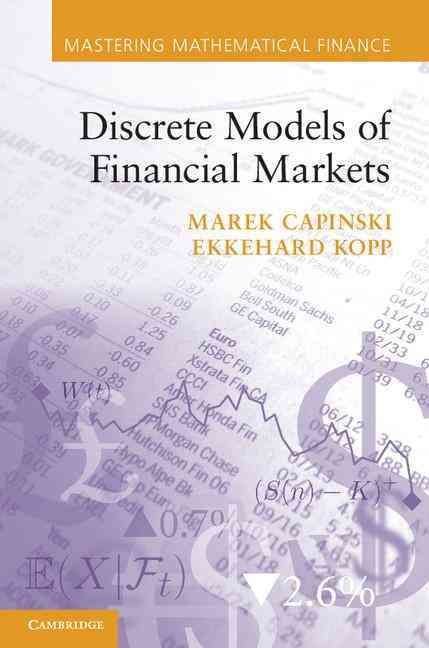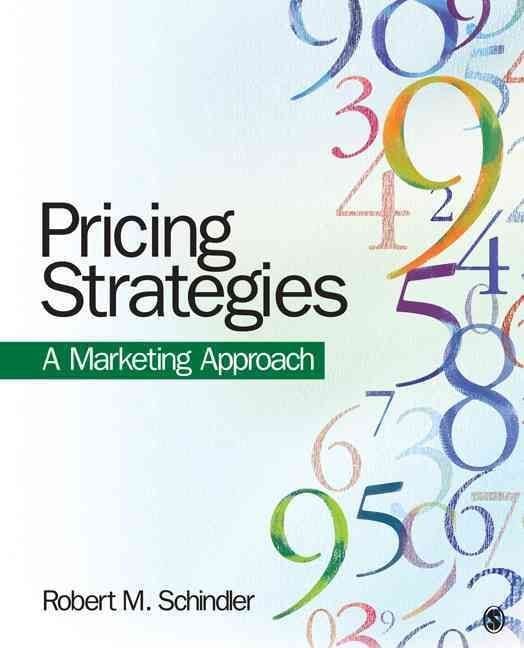This volume introduces simple mathematical models of financial markets, focussing on the problems of pricing and hedging risky financial instruments whose price evolution depends on the prices of other risky assets, such as stocks or commodities. Over the past four decades trading in these derivative securities (so named since their value derives from those of other, underlying, assets) has expanded enormously, not least as a result of the availability of mathematical models that provide initial pricingbenchmarks. The markets in these financial instruments have provided investors with a much wider choice of investment vehicles, often tailor-made to specific investment objectives, and have led to greatly enhanced liquidity in asset markets. At the same time, the proliferation of ever more complex derivatives has led to increased market volatility resulting from the search for ever-higher short-term returns, while the sheer speed of expansion has made investment banking a highly specialised business, imperfectly understood by many investors, boards of directors and even market specialists. The consequences of ‘irrational exuberance’ in some markets have been brought home painfully by stock market crashes and banking crises, and have led to increased regulation. It seems to us a sound principle that market participants should have a clear understanding of the products they trade. Thus a better grasp of the basic modelling tools upon which much of modern derivative pricing is based is essential. These tools are mathematical techniques, informed by some basic economic precepts, which lead to a clearer formulation and quantification of the risk inherent in a given transaction, and its impact on possible returns–












